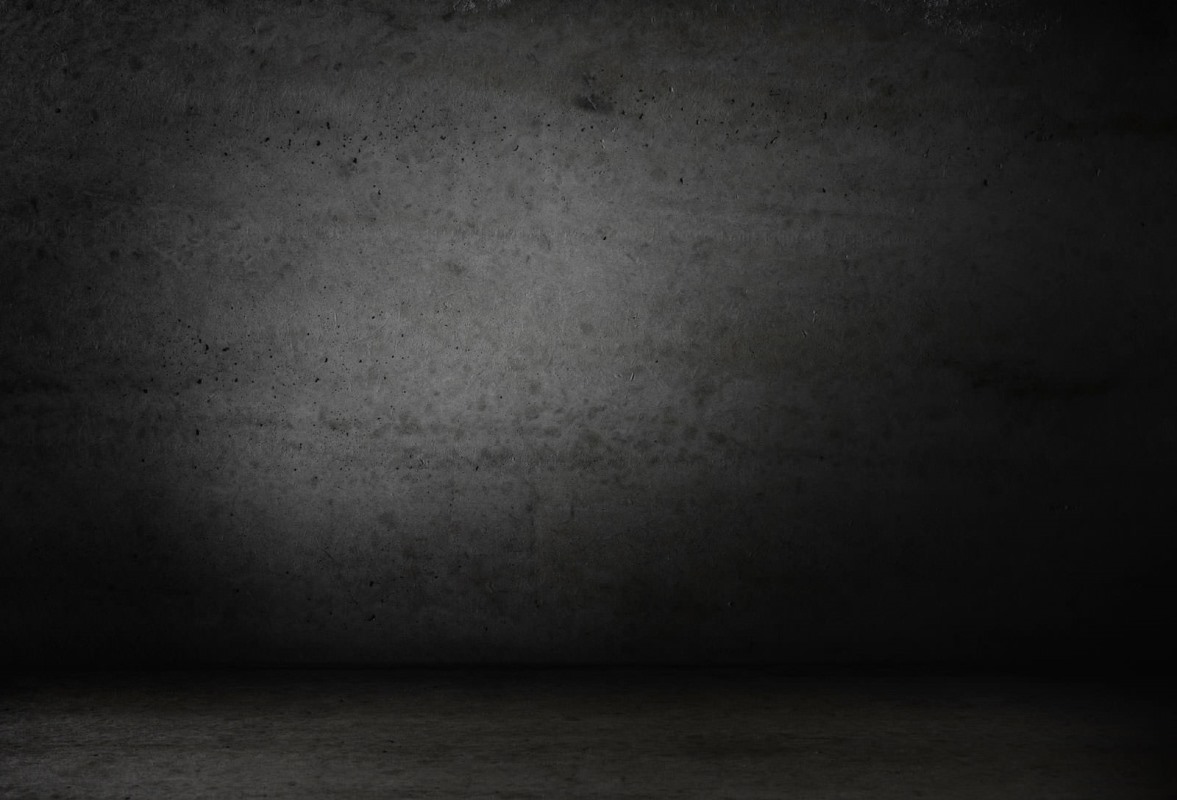

17
16
I imagine that the fact that the composer was also a viola player is not
without its effect on the music?
Yes, it was a violist whowrote this Sonata, and a very good violist too! Shemanaged
to show off the potential of the viola in the best possible light, its depth of sound,
but also its top register, its virtuosity. If you look at the second movement, Vivace,
it’s very impish, but with a central moment that has an almost religious fervour:
Clarke must have played a lot of Bach! Then the finale, Adagio-Allegro, proves to
be on a large scale and amazingly rich. It starts from a broad melody that evolves,
unfolds, and gradually gains in power until the final climax.
From beginning to end of the work, the piano provides a rich harmonic support to
music that is constantly in movement, full of contrasts: music that tells a story. It’s
interesting to note that Rebecca Clarke placed lines fromAlfred deMusset’s
La Nuit
de Mai
at the head of her Sonata:
Poète, prends ton luth; le vin de la jeunesse / Fermente
cette nuit dans les veines de Dieu
(Poet, take up thy lute; the wine of youth / Ferments
tonight in the veins of God). When I launch into this work I feel as if I’m opening a
book that relates a story of olden days. And it’s a fine story!
ADRIEN LA MARCA
ENGLISH DELIGHT
Now let’s talk about the works it includes and what made you choose
them. You begin with the most imposing piece on the programme,
Rebecca Clarke’s Sonata, which dates from 1919.
Iwas absolutely determined to record thiswork,whichconstitutes the central pillar
of the programme. It’s closely bound upwithmy personal itinerary, because it’s the
very first score I studied at the Conservatoire National Supérieur de Musique et de
Danse in Paris with my teacher, Jean Sulem, at the age of sixteen. I had discovered
it froma recording and I was impatient to tackle it at that time. I still have very vivid
memories of the class recital at which I played the first and second movements.
The Sonata’s main quality is its great lyricism. It also has both profundity and
lightness. Take for example the opening Impetuoso, with a more tranquil, very
melodious middle section, in which the viola has a beautifully delicate dialogue
with the piano. At times one might almost think of French music, Debussy and
Ravel, while at others it’s like listening to
Tristan
. I think Clarke was influenced by
a very wide range of music, and in this work she succeeded in drawing the best
from many different sources, and from herself of course. Everything is indicated
very precisely in her score; one understands immediately what she wants, and her
markings help to create a carefully balanced lyrical discourse.

















